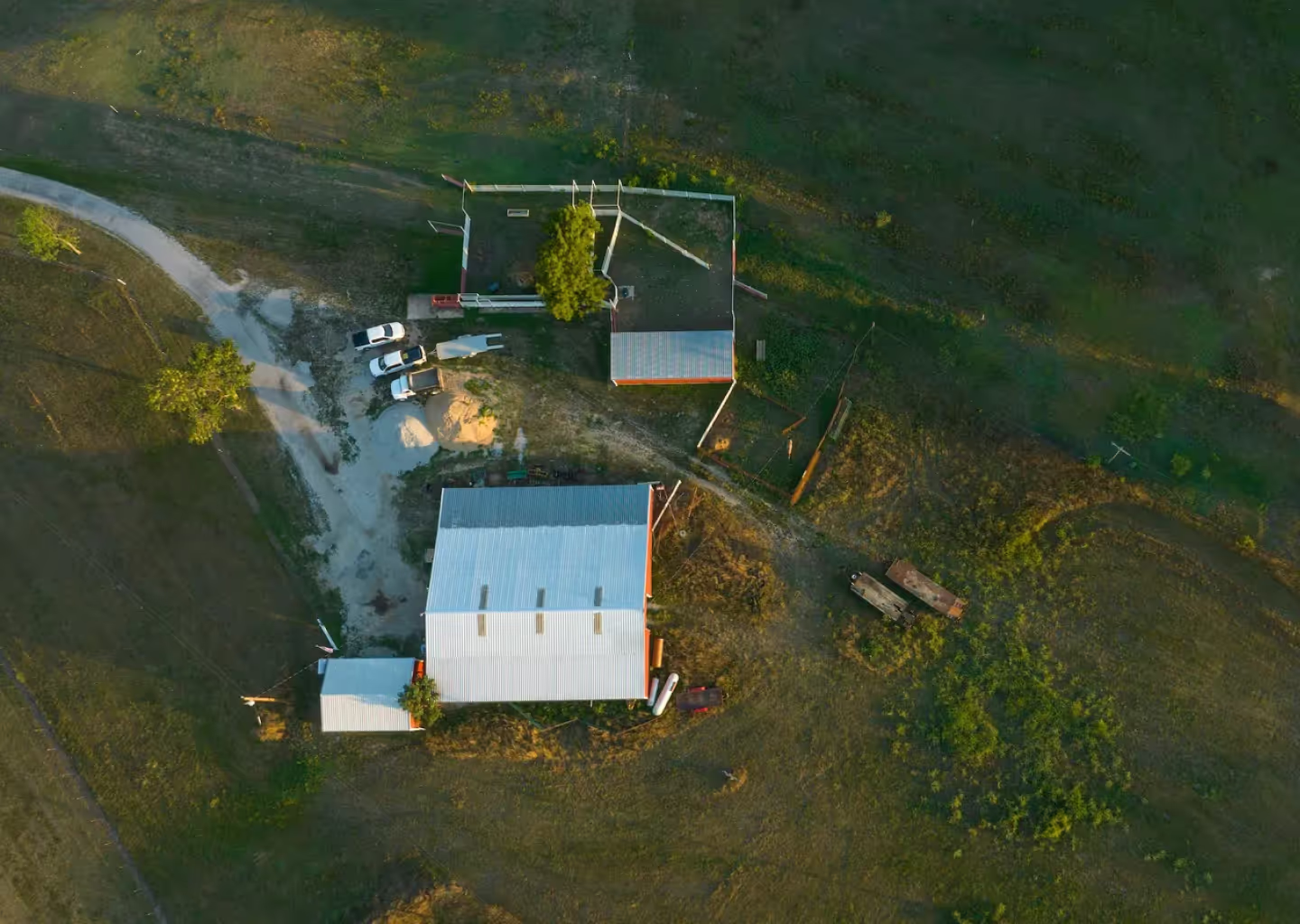Obtaining an easement by necessity, also commonly known as a driveway easement, allows you to build out on an area of property that’s being shared with other landowners. While this sounds pretty straightforward in theory, understanding easements and how they work is more complex than you might expect, and there are certain things you need to keep in mind. Luckily, getting a driveway easement doesn’t have to be hard or confusing if you use the right technology and follow some simple steps to ensure that you get what you want from the process.
What Is a Driveway Easement?
First thing’s first: what exactly is a driveway easement? Pared down to its essentials, a driveway easement is a legal agreement allowing one person or entity (the grantee) to use a portion of another person or entity’s land (the grantor) for the purpose of accessing a road or any other public thoroughfare. Typically, driveway easements are granted in cases where a property owner’s land is landlocked, meaning there’s no direct access from the land to a road.
While the grantee has the right to use this easement for the purpose of accessing the road, they do not have any kind of ownership over the land the easement covers. Even if you’re granted an easement to use your neighbor’s driveway to access the main road, your neighbor, the grantor in this case, retains all control and ownership. It is still their land, after all! However, because this easement is typically attached to the property, it will remain in place even if the property is sold or transferred to a different owner.
Likewise, the grantee’s right to use the easement is limited to the purpose for which it was granted. If you obtain an easement for the purpose of accessing a road, trying to use it to store equipment or run a business isn’t going to hold any water legally.
Driveway easements can fall under one of two categories:
- An express easement is explicitly granted in writing. This could be through a deed, or any other form of written agreement.
- On the other hand, an implied easement, as the name…well…implies, is inferred from the circumstances, and may not be explicitly granted in writing.
How to Get a Driveway Easement
Once you understand what exactly a driveway easement is, how do you get one?
1. Identify the Owner
Your first step is to figure out who, exactly, owns the land you’d like to use for the easement. This might take a little bit of research, which can be done in a number of ways. You could always go down to the county recorder’s office or assessor’s office and look through property records. Or, if you have the proper mapping software, you can access relevant record info from your phone by viewing land boundary maps and viewing parcel information for neighboring properties.
2. Contact the Property Owner
Great job, soldier! You’ve identified who your property-owning neighbor is. Your next step is to contact them and discuss your desire to obtain a driveway easement. They don’t actually have to say yes, so it’s to your benefit to be as polite, respectful, and friendly as possible.
If they do agree, it’s time to negotiate terms! Things worth discussing may include the width and length of the driveway, any restrictions or limits on its use (possibly pertaining to elements like size and weight of vehicles), and any compensation that the owner of the property may be entitled to.
3. Formalize Your Agreement
After reaching an accord on the driveway easement with your prospective grantor, it’s best to get that agreement formalized, generally with an attorney present. Have the terms of the easement agreement drafted by an attorney or draft it yourself using a template or form. The agreement should agree to a description of the property, the purpose of the easement and any other conditions or terms that might apply. Have the easement agreement signed by both parties and recorded at the county recorder’s office or assessor’s office; this will make the easement a matter of public record, ensuring that it’s legally binding.
What if Your Neighbor Says No?
When seeking out a driveway easement, remember that even though it may not be the answer you'd like to hear, the property owner of the land you wish to use is not required to grant an easement just because you request one. If they do, it might be time to explore other options! These could include negotiating a different kind of easement or purchasing a right-of-way.
Land id® is Every Property Owner’s Secret Weapon
Easements may not be easy, but Land id® (formerly MapRight) is here to simplify the whole process. Using our state-of-the-art mapping software, you can view a parcel of land and access relevant information and boundary maps. This allows you to identify the property owner of a certain piece of land for a potential easement from the comfort of your phone, without having to go anywhere or dig through dusty records.
When you’re trying to figure out the best piece of land to use for a potential driveway easement, use Land id® to draw out the proposed driveway and find the best route for it through the property. To ensure your proposed driveway doesn’t come too close to any important features, use the buffer tool and set the buffer distance to suit your needs.
Additionally, once you’ve created a map on Land id® to demonstrate the specifics of your proposed easement, our software makes it easy to share your interactive map with your potential grantor and involved attorneys, so hammering out that easement agreement is that much more straightforward.
Land id®’s extensive, versatile capabilities make solving all of your land-based quandaries easy, straightforward, and—dare we say?—fun. Start a free 7-day trial to start making maps today, or request a demo to learn more about our powerful mapping solution.
FAQs

Continue Reading





